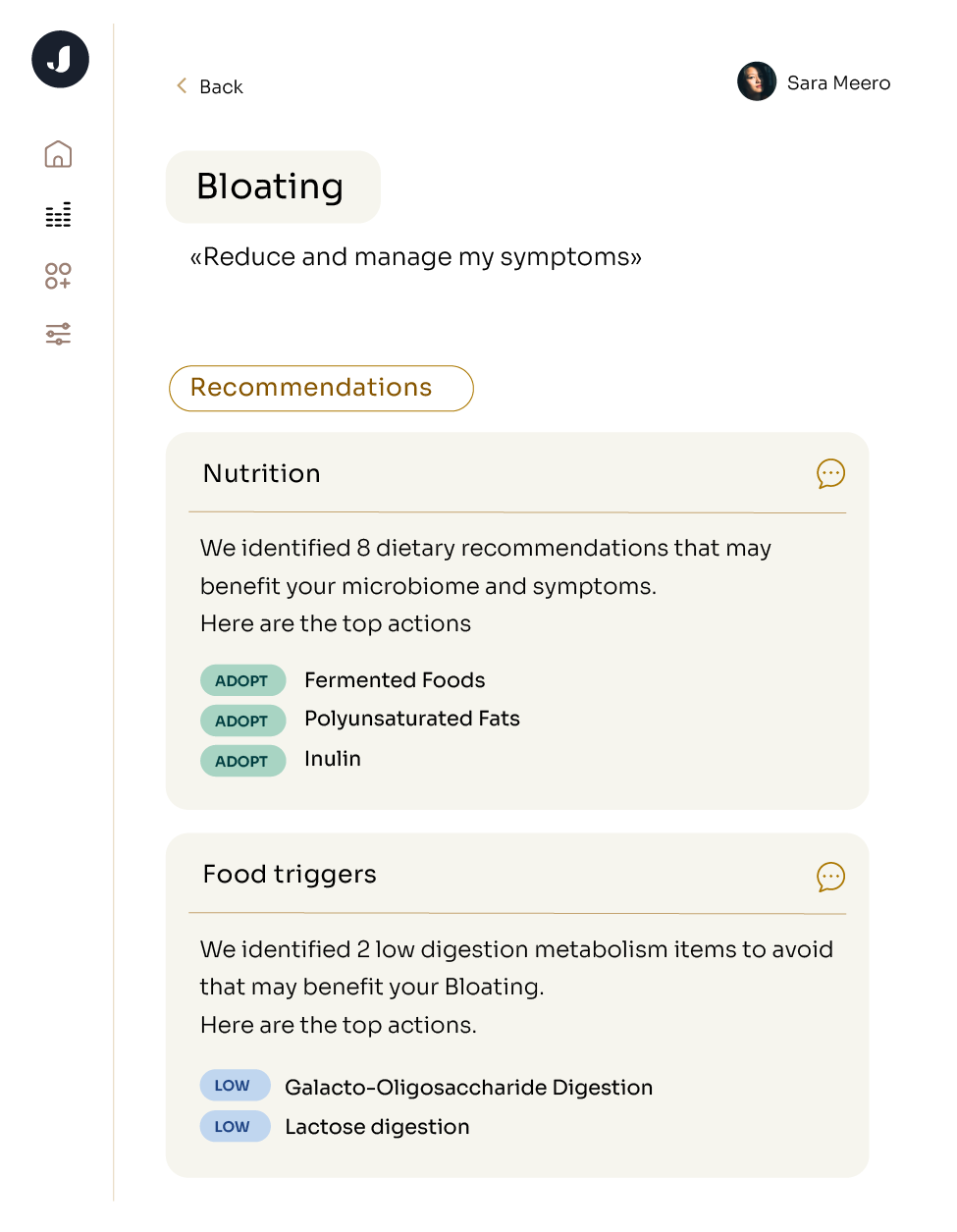FSA/HSA Eligible. Free Shipping, Always.

Gut-Brain Axis
Health
Mental Health
What Happens to Your Gut When You're Stressed?
Stress doesn’t just strain your mind—it disrupts your gut too. It can weaken digestion, fuels inflammation, and alters your microbiome, making your gut more vulnerable. Healthy habits like diet, movement, and stress management can help keep your gut in balance,...




